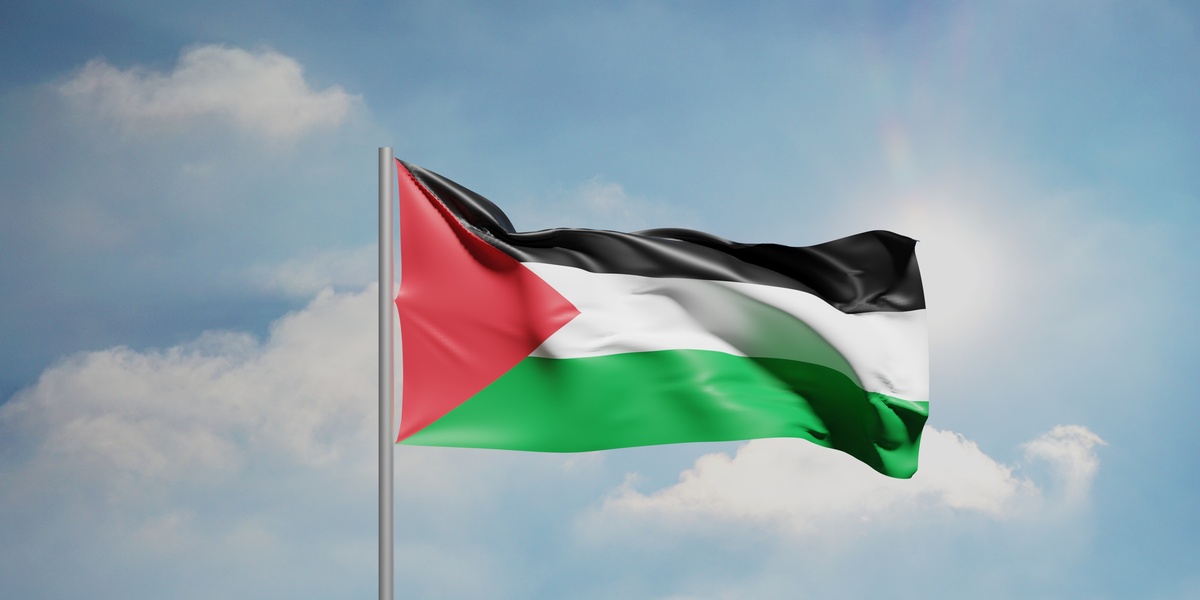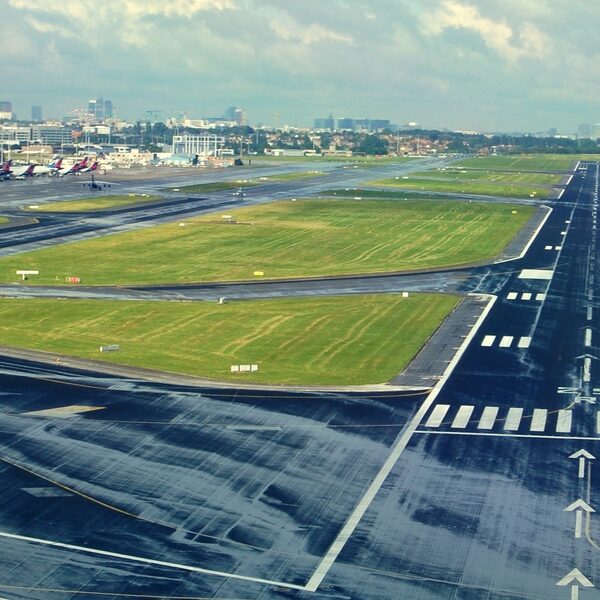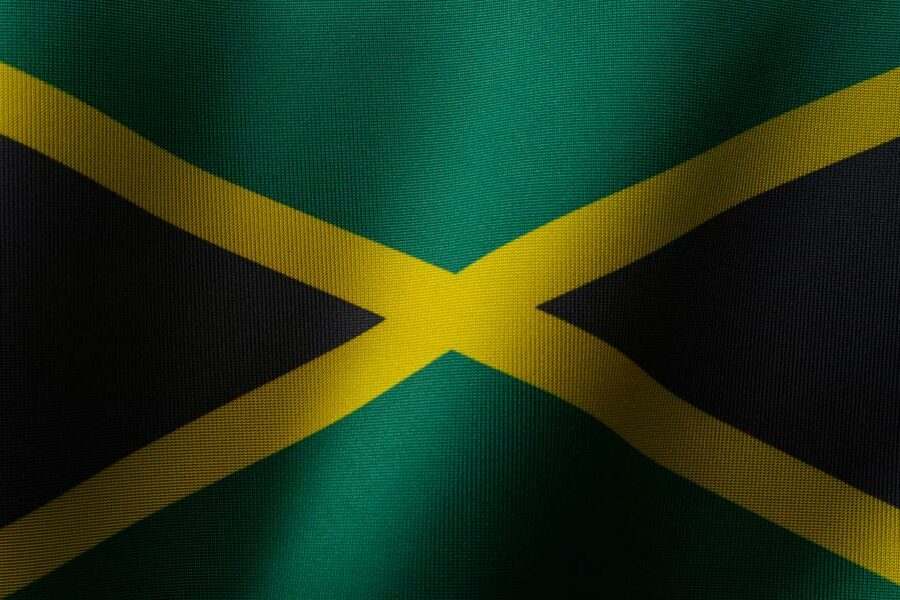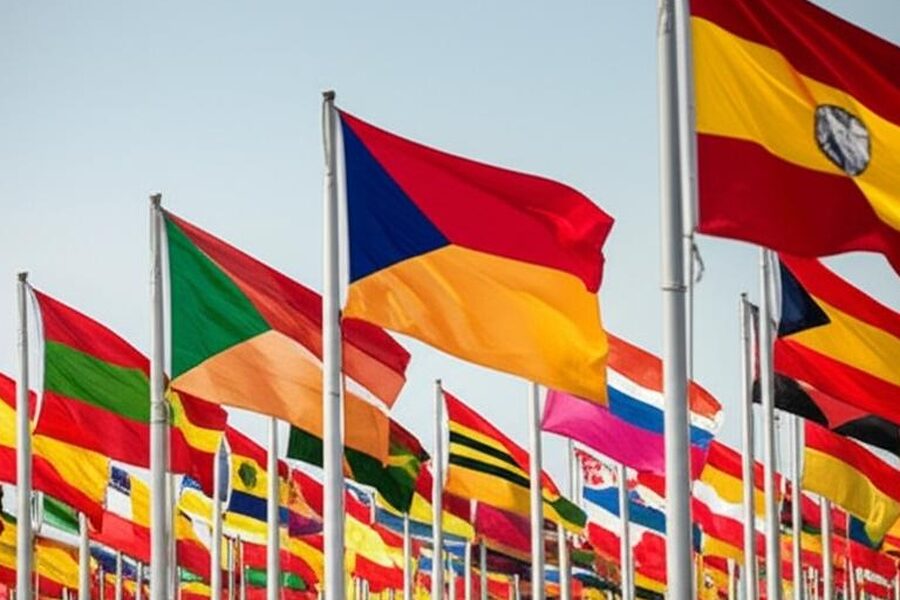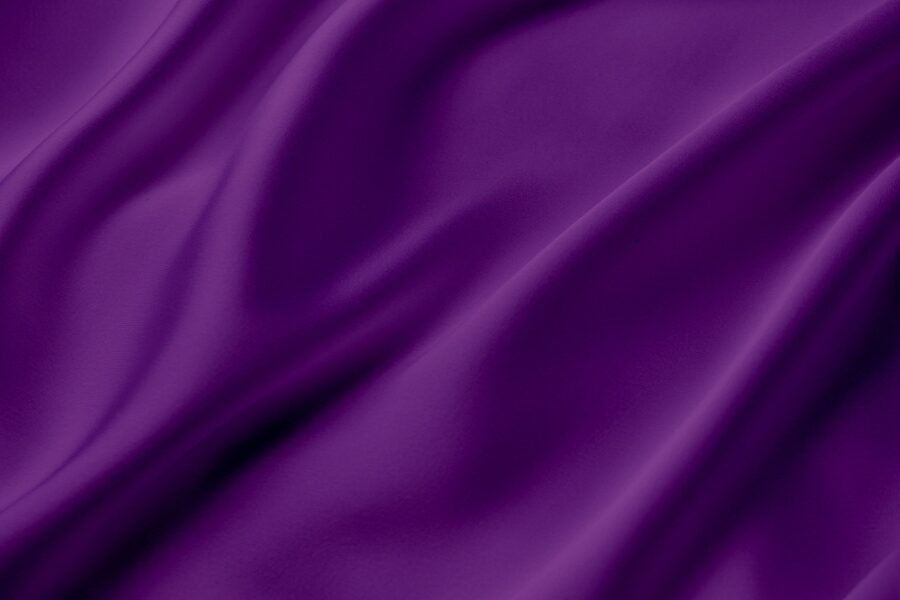This list contains 17 national flags that include the colors green, black, and white. The entries cover UN member states and widely recognized national flags from regions such as the Caribbean, South America, the Middle East, and Africa. Many of these flags use the same color trio as part of pan-Arab or pan-African schemes, or to mean land, people, Islam, peace, or unity. The list ranges from Dominica in the Caribbean to Zimbabwe in Southern Africa.
Below is a concise table showing Region, Flag, and Meaning for each country.
What counts as a “country” on this list?
This list includes UN member states and widely recognized national flags used as national symbols. It includes de facto national flags that are commonly used by a people or government, for example Palestine. It excludes subnational flags, regional banners, and colonial or historical flags. Sources include Flags of the World, the CIA World Factbook, and official government flag pages.
Why do so many flags use green, black, and white?
Green, black, and white appear together for shared cultural and political reasons. In the Middle East they often form part of the pan‑Arab palette and connect to Islam, land, and unity. In Africa they join pan‑African meanings like the land, the people, and peace. Many countries combine these colors with other hues or symbols (stars, shields, birds) to show specific history or identity.
Countries with Green, Black, and White Flags
| Country | Region | Flag | Meaning |
|---|---|---|---|
| Dominica | Caribbean | 🇩🇲 | Green vegetation; black people; white purity; yellow sunshine; parrot |
| Guyana | South America | 🇬🇾 | Green agriculture; gold mineral wealth; black endurance; white rivers |
| Iraq | Middle East | 🇮🇶 | Pan-Arab colors; green script symbolizes Islam and unity |
| Jordan | Middle East | 🇯🇴 | Pan-Arab colors; red for Hashemite dynasty; star for unity |
| Kenya | East Africa | 🇰🇪 | Black people; red struggle; green land; white peace |
| Kuwait | Middle East | 🇰🇼 | Pan-Arab colors: green fertility; white generosity; red battle; black defeat |
| Lesotho | Southern Africa | 🇱🇸 | Green agriculture; white peace; blue rain; black Basotho hat |
| Libya | North Africa | 🇱🇾 | Pan-Arab colors; crescent and star for Islam |
| Mozambique | Southern Africa | 🇲🇿 | Green land; black African heritage; white peace; rifle/book for defense and education |
| Palestine | Middle East | 🇵🇸 | Pan-Arab colors symbolizing Arab unity and Palestinian identity |
| Saint Kitts and Nevis | Caribbean | 🇰🇳 | Green fertile land; black African heritage; yellow sunshine; white stars |
| South Africa | Southern Africa | 🇿🇦 | Y-shape for unity; green convergence; black/white represent people and harmony |
| South Sudan | East Africa | 🇸🇸 | Black people; green land; white peace; blue Nile; yellow unity star |
| Sudan | North-East Africa | 🇸🇩 | Pan-Arab colors; green for Islam and agriculture |
| Syria | Middle East | 🇸🇾 | Pan-Arab colors; green stars for union and Arabism |
| United Arab Emirates | Middle East | 🇦🇪 | Pan-Arab colors: green fertility; white peace; black strength; red bravery |
| Zimbabwe | Southern Africa | 🇿🇼 | Green agriculture; black heritage; white peace; bird national emblem |
Images and Details
Dominica
Dominica’s flag features a green field with a cross of yellow, black and white stripes and a red disk with the Sisserou parrot. Adopted 1978, colors represent vegetation, people, rivers and sunshine; the parrot is the national bird.
Guyana
Guyana’s “Golden Arrowhead” shows a green field with layered gold, black, white and red triangles. Adopted 1966, the green stands for forests and agriculture while gold, black and white reference minerals, endurance and rivers.
Iraq
Iraq’s horizontal red-white-black flag includes green Arabic script reading “Allahu Akbar.” Modern versions date from 2004–2008. The pan-Arab colors signify Arab unity and history; green refers to Islam and religious heritage.
Jordan
Jordan’s flag uses black, white and green horizontal bands with a red chevron and a white seven-pointed star. Adopted 1928, its colors symbolize Arab dynasties and history; the star represents unity and faith.
Kenya
Kenya’s flag displays black, red and green horizontal bands separated by thin white stripes with a Maasai shield and crossed spears at center. Adopted 1963, black represents the people, red the independence struggle, green the land and white peace.
Kuwait
Kuwait’s flag has horizontal green, white and red stripes with a black trapezoid at the hoist. Adopted 1961, the pan-Arab colors reflect Arab unity: green for fertility, white for generosity, red for struggle and black for defeat of enemies.
Lesotho
Lesotho’s flag features blue, white and green horizontal bands with a black Basotho hat (mokorotlo) at the center. Adopted 2006, blue symbolizes sky and rain, white peace, green the land and the hat is a national symbol.
Libya
Libya’s flag, re-adopted in 2011, features horizontal red, black and green stripes with a white crescent and star centered on the black band. The colors are pan-Arab; the crescent and star are Islamic symbols reflecting national identity.
Mozambique
Mozambique’s flag combines green, black and white with a red triangle and an emblem showing a rifle, hoe and open book. Adopted 1983, the unique AK-47 symbolizes defense, the book education, and colors represent land, heritage and peace.
Palestine
Palestine’s flag uses pan-Arab black, white and green horizontal stripes with a red triangle at the hoist. Adopted by the PLO in 1964 and widely used as a national emblem, it symbolizes Arab unity and Palestinian national identity.
Saint Kitts and Nevis
Saint Kitts and Nevis’s flag features a diagonal black stripe with two white stars dividing green and red triangles edged in yellow. Adopted 1983, green represents fertile land, black the African heritage, yellow sunshine and stars the islands.
South Africa
South Africa’s flag (1994) blends green, black and white among other colors with a Y-shaped design representing convergence and national unity after apartheid. It symbolizes the coming together of diverse elements into a common future.
South Sudan
South Sudan’s flag (2011) displays black, red and green bands separated by white fimbriations with a blue triangle and yellow star. Black represents the people, green the land, white peace, blue the Nile and yellow the unity of states.
Sudan
Sudan’s flag (adopted 1970) features red, white and black horizontal bands with a green triangle at the hoist. The pan-Arab colors express Arab identity; green traditionally symbolizes Islam and agricultural life in Sudan.
Syria
Syria’s flag shows red, white and black horizontal stripes with two green stars centered on the white band. Readopted 1980, the pan-Arab colors reflect Arab unity; the stars historically represented unity between Syria and Egypt.
United Arab Emirates
The United Arab Emirates’ flag (1971) combines a vertical red band with horizontal green, white and black stripes. The pan-Arab colors symbolize Arab unity: green for fertility, white for peace, black for strength/oil and red for courage.
Zimbabwe
Zimbabwe’s flag (1980) includes green, black and white among other colors with a white triangle containing a red star and the Zimbabwe bird. The stripes represent agriculture and nationhood; the bird is a national emblem and the star internationalism.

